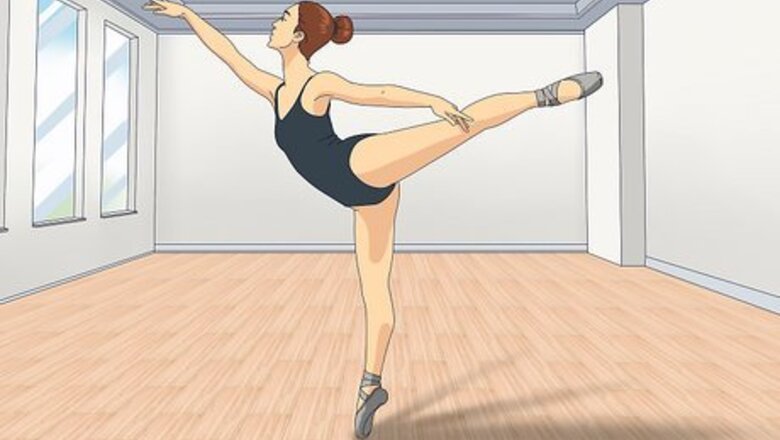
views
Becoming Qualified to Teach
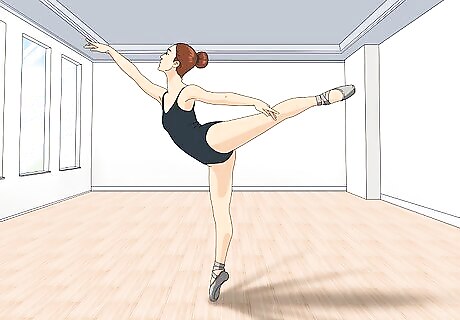
Master ballet technique and terminology. You must become a proficient, experienced dancer yourself before you can teach others. Aspiring ballet teachers must first spend years as a student studying with a qualified ballet teacher.
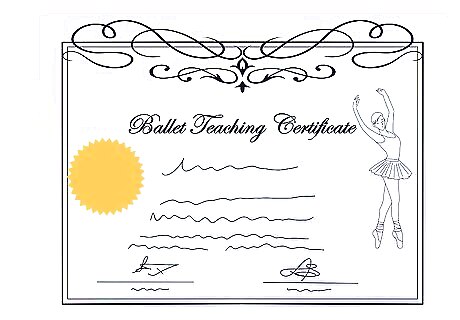
Obtain a degree or certification to teach ballet. Even experienced dancers may not make great teachers if they haven’t been taught how to break down information to students. Furthermore, it is important to the physical safety of your students that you know the correct way to teach. Depending on where you want to teach, you will need different qualifications. Schools require a degree in dance while most studios and recreations centers do not. College degrees are available in dance and ballet. You can complete a Master’s programs in ballet with an emphasis on pedagogy, performance, or choreography. If you intend to teach advanced ballet classes, study with master teachers who have performed and taught extensively.

Observe the teaching styles of competent ballet teachers. Ask permission from dance schools to observe classes. Pay close attention to the interaction between the teacher and students, as well as the specific teaching methods that keep students engaged.
Polishing Your Teaching Skills

Speak clearly and concisely when teaching ballet. Communicating effectively is an important skill for any teacher. Your students will learn faster and enjoy class more if they understand you and feel understood. Enunciate the names of the ballet movements. Repeat them each time to reinforce learning. Limit extensive explanations during the ballet class. Students will learn more by watching and attempting to do the movements themselves. Use brief metaphors if necessary. For students who need imagery, liken ballet movements to common images. Study the motion of animals and the appearance of nature, and verbally express them as metaphors for dance movement.
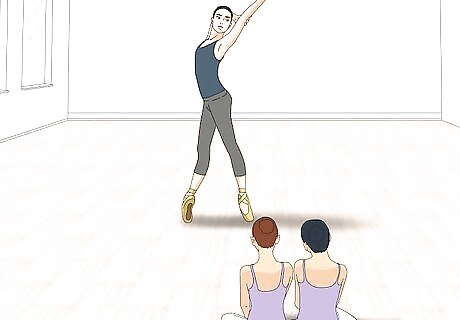
Display confidence and enthusiasm. Your confidence will stem from preparation. However, even the most most prepared teacher may feel anxious their first time teaching. Just remember that you are qualified to teach and that your teaching ability will strengthen with repeated practice. Use your passion for the dance form to inspire your students to persevere and enjoy the learning process.
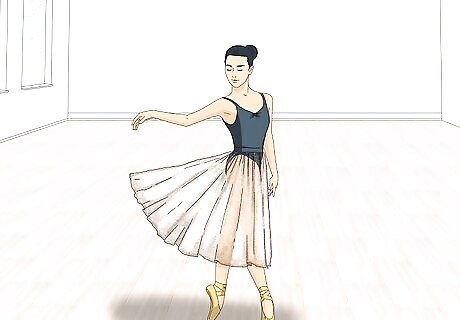
Wear appropriate ballet attire. If the dance studio has a strict dress code for students, such as a black leotard, pink tights and ballet shoes, abide by the same attire to set a good example. In community centers, it is generally acceptable to be more relaxed in your dance attire. This could mean forgoing the leotard altogether in favor of any workout clothes you are comfortable in.
Creating Lesson Plans
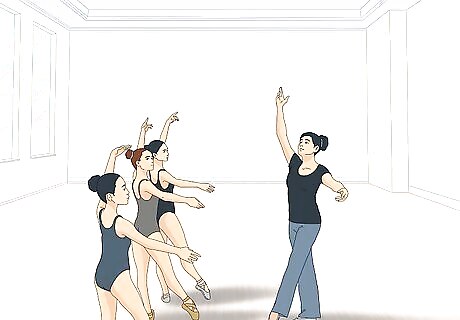
Outline a long term plan. If teaching in a setting where students have committed to attending class regularly, create a plan for the entire program. Start with basic ballet positions and teach more involved dance sequences by the end of the program. In a dance studio where you teach the same dance level each time, your class attendees may be different from day-to-day so you will need to create a different type of plan to accommodate for this.
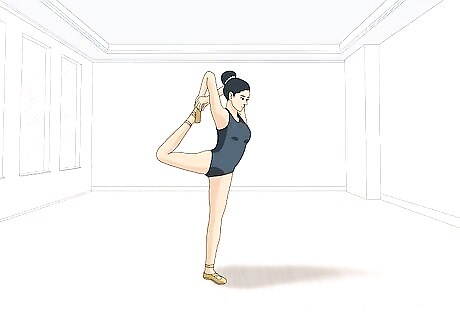
Structure each class. Ballet classes have barre routines, across the floor movements and a sequence to be performed in the center of the room. Adhere to this structure closely so that students know what to expect from one class to the next. Each exercise builds on the next to develop strength, balance, and coordination. It is important to first spend a good amount of time warming up and stretching so that you don’t pull any muscles. The basic ballet class is: Barre, Stretch, Adagio, Allegro. All the exercises for ballet class are: Ballet Barre, Barre Stretch, Adagio, Tendus from 5th, Pirouette Combination, Jumps in Center, Petit Allegro, Waltz, Grand Allegro, Reverence.
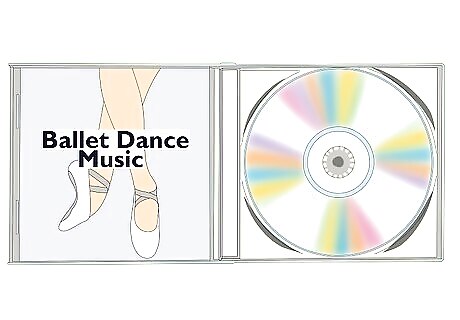
Select appropriate ballet music. Music is a very important part of dance. The songs you choose will determine the type of dance movements you use in your choreography. Buy a ballet class compilation CD. Purchase music online or visit a music store. Ask your ballet teacher(s) for recommendations. Compile your own CD. Select music with the appropriate tempo, mood and rhythm to match the movements and skill level.
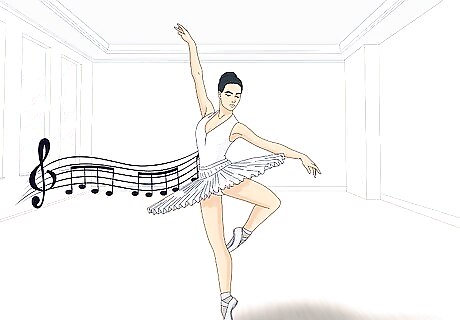
Choreograph a dance. The fun part of any dance class is putting the moves you learn to music in a choreographed dance. As a ballet teacher it will be up to you to choreograph the dances for your class whether it be just for fun or for a performance. You’ll find teaching the class will go a lot smoother if you know the choreographed dance by heart. Be open to change. One of your students may bring a new idea or movement to the dance that could be a great addition. When working on a duet or solo, you can be more flexible and individualize the choreography to meet the dancer’s needs or preferences. Be true to yourself. Your unique style is what will make the dance great. Don’t put too much pressure on yourself. Dance is supposed to be fun!
Accommodating for Students
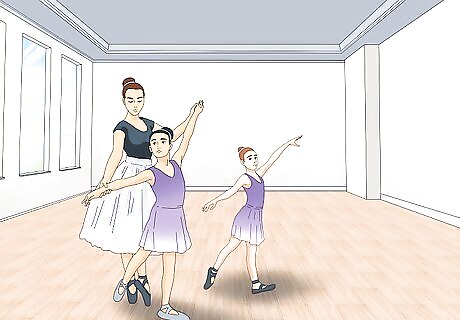
Create a lesson plan based on the setting and student age and ability.If you are teaching recreational ballet to kids, your ability to hold their attention and create an interesting class will be just as important as mastering ballet technique. Older, experienced students won’t need to be entertained as much and can follow along with you at a faster rate.
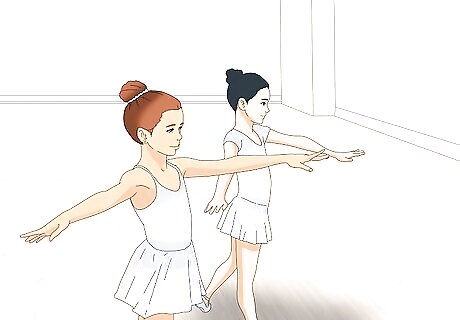
Target your teaching to the skill level of the majority. Move at the pace of the majority of the students. Work independently with slower students during breaks or after class. Recommend slower students to other appropriate level classes, if available. Challenge more advanced students. If the class is doing 2 turns, for example, ask advanced students to attempt 3 or 4 turns.

Give general corrections and options. Don’t always directly address the students who aren’t as advanced. Making corrections or giving alternate moves to the entire group will allow students to adjust without feeling singled out.















Comments
0 comment